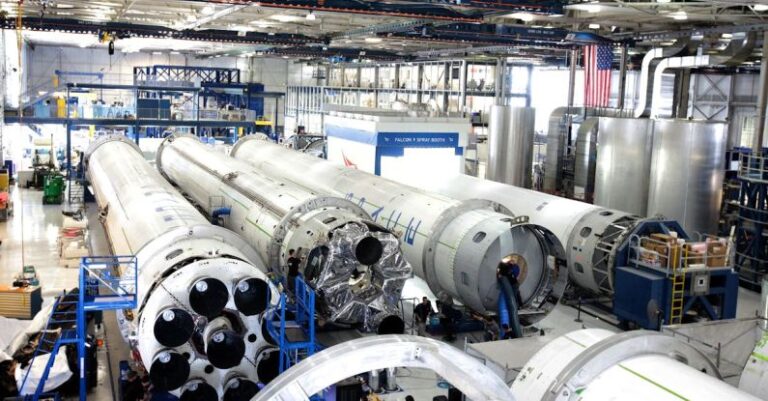
As humanity continues to push the boundaries of space exploration, the role of robotics in future space missions is becoming increasingly significant. From aiding in scientific research to performing intricate tasks in harsh environments, robots are poised to play a pivotal role in the next phase of space exploration. With advancements in technology and robotics, the possibilities for their application in space missions are expanding rapidly. Let’s delve into the potential roles that robotics will play in shaping the future of space exploration.
Advancements in Robotics Technology
In recent years, there have been remarkable advancements in robotics technology, making robots more capable, versatile, and autonomous. These advancements have paved the way for robots to undertake complex tasks in space that were once deemed impossible for machines. With improved sensors, artificial intelligence, and mobility, robots can now navigate challenging terrains, manipulate objects with precision, and even make decisions independently. As a result, the role of robots in space missions is evolving beyond mere tools to becoming indispensable partners in exploration.
Exploration of Planetary Surfaces
One of the primary roles that robotics will play in future space missions is the exploration of planetary surfaces. Sending robots to distant planets, moons, and asteroids allows scientists to gather valuable data without risking human lives. Robots can venture into harsh and hazardous environments, collecting samples, conducting experiments, and transmitting data back to Earth. For example, NASA’s Mars rovers, such as Curiosity and Perseverance, have been instrumental in studying the Martian surface and searching for signs of past life.
Maintenance and Repair of Space Infrastructure
Maintaining and repairing space infrastructure, such as satellites, telescopes, and space stations, is crucial for the success of space missions. Robots equipped with specialized tools and manipulators can perform intricate repairs and maintenance tasks that would be challenging or dangerous for human astronauts. By deploying robots for these operations, space agencies can extend the lifespan of valuable space assets and ensure the continued functionality of critical equipment in orbit.
Construction of Space Habitats
As aspirations for establishing human settlements in space grow, the construction of space habitats will become a key focus of future missions. Robots can play a vital role in assembling structures, habitats, and infrastructure in space, laying the foundation for sustainable living beyond Earth. By autonomously building and maintaining habitats, robots can reduce the reliance on costly and time-consuming human interventions, making space colonization more feasible and efficient.
Search and Rescue Missions
In the event of emergencies or accidents during space missions, robots can be deployed for search and rescue operations. Equipped with sensors, cameras, and communication systems, robots can navigate through debris, locate missing crew members, and provide assistance in critical situations. Their ability to access hard-to-reach areas and perform tasks in hazardous environments makes robots valuable assets in ensuring the safety and well-being of astronauts during space missions.
Conclusion: The Future of Robotics in Space Exploration
In conclusion, robotics will play a pivotal role in shaping the future of space exploration, offering new possibilities for scientific discovery, infrastructure maintenance, habitat construction, and emergency response. With ongoing advancements in robotics technology, the capabilities of robots in space missions will continue to expand, enabling them to undertake increasingly complex tasks and operate autonomously in challenging environments. As we look ahead to the next era of space exploration, robots will undoubtedly be at the forefront, working alongside humans to unlock the mysteries of the universe and pave the way for humanity’s continued presence in space.





